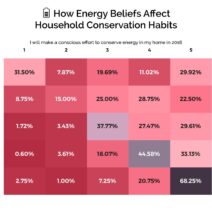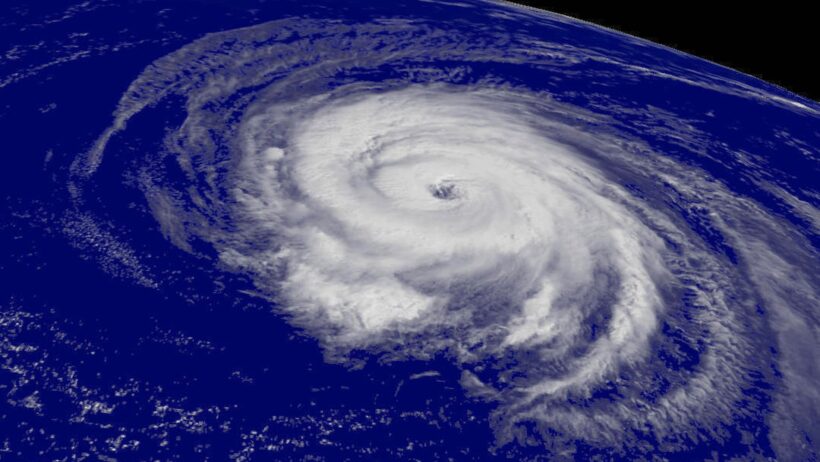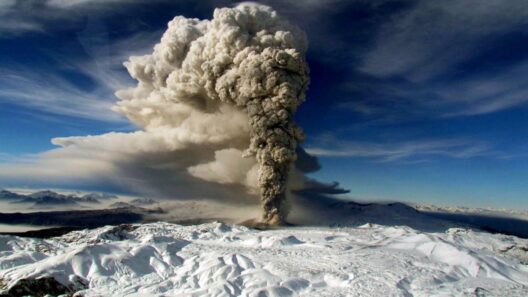The catastrophic impact of hurricanes has long captivated human interest, but as climate change accelerates, the question arises: has global warming made hurricanes more frequent? Climate scientists have made significant strides in understanding the relationship between rising global temperatures and the behavior of tropical cyclones. In the face of increasing atmospheric and oceanic temperatures, the dynamics of hurricane formation and intensification shift, leading to substantial implications for coastal communities and ecosystems.
To comprehend the intricacies, it is essential to understand the mechanics of hurricanes. These phenomena, formed over warm ocean waters, depend on various factors, including temperature, humidity, and wind patterns. As global temperatures rise due to anthropogenic greenhouse gas emissions, the ocean absorbs much of this heat. Warmer sea surface temperatures fuel hurricanes, providing the necessary energy for their formation and intensification. Therefore, one might intuitively surmise that an increase in ocean temperature could correlate with an uptick in hurricane frequency.
A plethora of studies indicates that while the intensity of hurricanes may be on the rise, the correlation with frequency is more nuanced. The concept of a changing climate is complex. Historical data shows that the frequency of tropical cyclones in the Atlantic basin has remained relatively stable, yet they are increasingly becoming more intense. The National Oceanic and Atmospheric Administration (NOAA) indicates that the proportion of major hurricanes, classified as categories 3 to 5, has risen significantly over recent decades. This raises a critical point: while the total number of storms may not be increasing at a dramatic rate, the potency of those storms appears to be escalating.
One reason for this phenomenon lies in the warming atmosphere, which enhances the moisture content within storm systems. A warmer atmosphere can hold more water vapor, which not only intensifies rainfall but also fuels the energy driving the storm. This fundamental shift poses a serious threat to communities that find themselves in the path of these increasingly vigorous storms. Storm surges, stronger winds, and torrential rainfall can culminate in disastrous flooding and destruction, underscoring the need for adaptation and mitigation strategies in vulnerable regions.
Geographical disparities are also critical to consider. Regions that have traditionally experienced minimal hurricane activity are witnessing fluctuations that suggest an emerging trend. It is known that the energy balance across the globe is shifting due to climate change, resulting in changes to atmospheric circulation patterns. These alterations can enable hurricanes to travel to regions previously thought safe. As more areas become susceptible, the potential for devastation grows, prompting the need for reassessment of disaster preparedness and response strategies.
Moreover, the interconnectedness of climate systems means that our understanding of hurricanes must expand beyond local impacts. Rising sea levels, induced by melting polar ice caps and thermal expansion of seawater, exacerbate the effects of storm surges. Coastal cities, often teeming with life and economic activity, now face an increased risk of inundation. The densification of urban areas only compounds the vulnerabilities associated with hurricanes, requiring urgent action from policymakers and urban planners.
Addressing the root causes of climate change is imperative. Transitioning to renewable energy sources, promoting sustainable land use practices, and enforcing stringent emissions regulations are vital steps in mitigating further impact on the climate system. The analogy of a patient whose symptoms are masked by medication yet continues to deteriorate applies here; tackling immediate risks without addressing underlying causes is akin to treating symptoms without addressing the disease.
Naturally, the fascination with hurricanes leads to a deeper inquiry into human resilience and adaptability. Community-led initiatives and global cooperation can pave the way towards implementing effective climate policies. Educational programs can empower individuals with knowledge, equipping them to take proactive measures in safeguarding their homes and communities from the increasing threat of hurricanes. Developing infrastructure that is resilient to extreme weather events is essential in urban planning. Sustainable practices should guide these developments, ensuring a balanced approach to growth and conservation.
Despite the ominous trends, there is room for optimism. Advances in meteorological technology improve forecasting accuracy, allowing for better preparedness. Enhanced satellite imagery, predictive models, and community engagement techniques can sharpen responses when warnings are issued. These innovations, coupled with historical data analysis, offer valuable insights into the future trajectories of cyclone patterns. As scientists continue to decipher the evolving character of hurricanes driven by global warming, an informed populace can better navigate the impending challenges.
In summary, the evidence suggests a complex interplay between global warming and hurricane dynamics. While data indicates that the frequency of hurricanes may not be increasing significantly, the intensity manifests a concerning trend. As hurricanes become stronger and their impacts more devastating, it is crucial to confront the challenge of climate change head-on. A multifaceted approach that includes mitigation, adaptation, and community resilience will be essential in navigating this turbulent period in our environmental history. The stakes are high, and the path forward requires collective action that transcends borders and generations.








